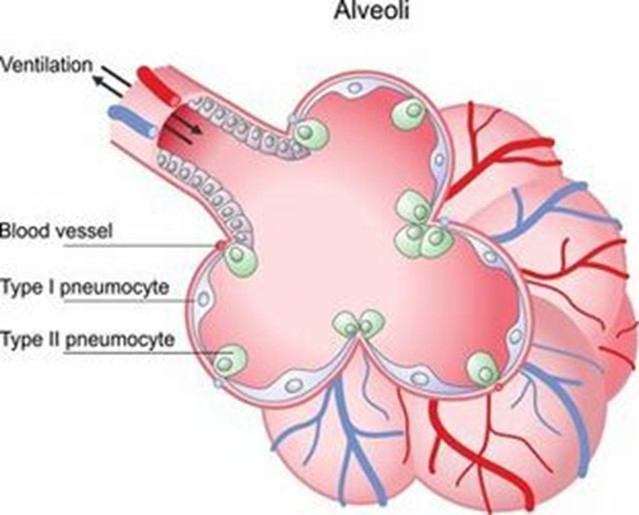A nurse is caring for several newborn clients. For which of the following findings should the nurse notify the charge nurse?
A blood glucose fingerstick of 40 mg/dL for an infant who is 1-hr old.
A hematocrit of 60% in an infant who is 8-hr old.
Jaundice in an infant who is 4-hr old.
Acrocyanosis in an infant who is 2-hr old.
The Correct Answer is C
A. A blood glucose fingerstick of 40 mg/dL for an infant who is 1-hr old: A blood glucose level of 40 mg/dL is borderline low but expected in the immediate postnatal period, especially if the infant is asymptomatic. Feeding the infant is the first step to address this, and monitoring is usually sufficient unless symptoms of hypoglycemia develop.
B. A hematocrit of 60% in an infant who is 8-hr old: This value is at the upper end of normal for a newborn and may suggest mild polycythemia. However, it does not require urgent notification unless accompanied by symptoms such as respiratory distress or poor perfusion
C. Jaundice in an infant who is 4-hr old: Early-onset jaundice (within the first 24 hours) is not normal and suggests a potentially dangerous underlying condition, such as hemolytic disease of the newborn or infection. Immediate reporting and further evaluation, including bilirubin levels and possible treatment with phototherapy, are essential.
D. Acrocyanosis in an infant who is 2-hr old: Acrocyanosis (bluish discoloration of the hands and feet) is a common and benign finding in the first 24 to 48 hours after birth due to immature circulation. It does not require notification or intervention.
Nursing Test Bank
Naxlex Comprehensive Predictor Exams
Related Questions
Correct Answer is C
Explanation
Choice A rationale:
A respiratory rate of 22/min would be abnormally low for a newborn. The expected reference range for newborns is around 30-60 breaths per minute.
Choice B rationale:
A respiratory rate of 100/min would be abnormally high for a newborn. Such a high respiratory rate may indicate respiratory distress or other underlying issues and requires further evaluation.
Choice C rationale:
A respiratory rate of 48/min falls within the expected reference range for a newborn, which is around 30-60 breaths per minute. This rate suggests that the newborn's respiratory system is functioning within the normal range.
Choice D rationale:
A respiratory rate of 110/min would be abnormally high for a newborn. As mentioned earlier, the expected reference range for newborns is around 30-60 breaths per minute, making this rate concerning and necessitating further assessment.
Correct Answer is B
Explanation
Choice A rationale:
Providing a heat source for the newborn is not the purpose of surfactant. Surfactant is a substance produced in the lungs to reduce surface tension and prevent alveolar collapse during expiration. It helps with the exchange of gases, but it does not generate heat.
Choice B rationale:

This is the correct answer. Surfactant plays a crucial role in assisting the alveoli to remain open by reducing surface tension. This, in turn, allows for proper gas exchange, especially of oxygen and carbon dioxide.
Choice C rationale:
Assisting the ductus arteriosus to remain open is not the purpose of surfactant. The ductus arteriosus is a fetal blood vessel that connects the pulmonary artery to the aorta, bypassing the lungs. After birth, it should close on its own, and surfactant does not influence this process.
Choice D rationale:
Providing energy to the newborn is not the purpose of surfactant. Energy for the newborn comes from nutrition, particularly breast milk or formula, and not from surfactant
Whether you are a student looking to ace your exams or a practicing nurse seeking to enhance your expertise , our nursing education contents will empower you with the confidence and competence to make a difference in the lives of patients and become a respected leader in the healthcare field.
Visit Naxlex, invest in your future and unlock endless possibilities with our unparalleled nursing education contents today
Report Wrong Answer on the Current Question
Do you disagree with the answer? If yes, what is your expected answer? Explain.
Kindly be descriptive with the issue you are facing.
